
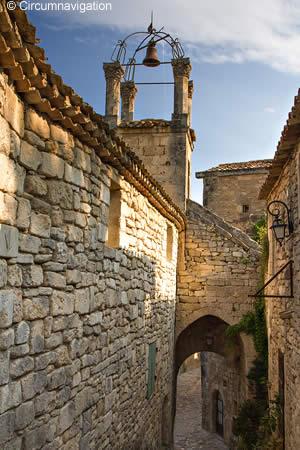
As you climb up the steep cobblestone streets of Lacoste you find yourself going back in time! Starting way at the bottom, where there's a little restaurant serving curry dishes, you travel the centuries, passing the Café de la France and its suspended terrace, to the town hall higher up. Then, going through the Portail de la Garde gate, you enter the medieval heart of the village. Here, little has changed since the 14th century; no shop or restaurant steals the show from the beautiful and fascinating architecture of the façades with their richly decorated doors and mullion windows.
Crowning it all: the château. Built in the 11th century and belonging to the Simiane family of the House of Agoult until the 17th century, it later became the property of the infamous Marquis de Sade.
A free thinker and shameless hedonist, his quest for carnal pleasure ensured him many years in prison. But in the 1770s, when he wasn't behind bars or on the run, the Marquis de Sade would stay in his château in Lacoste where his libertine (to put it mildly) lifestyle loomed large over the village, just as his château still does today.
Now, another figure is predominant in the village: the famous fashion designer Pierre Cardin. In 2001, he acquired the château, partially in ruins at the time, and undertook its restoration to make it his home. With the idea of creating a “local Saint Tropez of culture”, he established an opera festival in the quarries near the château. But this millionaire did not stop there. He then purchased about thirty buildings in Lacoste – commercial and residential – to rehabilitate them and stamp them with the Cardin mark.
Some people have seen a good thing in this goose that laid the golden egg, but for others, it is yet another massacre of their village...
Ah yes, one event in particular marks the village's history: the Massacre of Lacoste. In the past, the Luberon was not a peaceful vacation spot full of markets and gastronomic food but the theatre of wars, massacres and pillaging.
In 1545, Meynier d'Oppede, having decided to cleanse the region of its heretics, many of whom lived in Lacoste, presented himself at the gates of the town. With the promise that the villagers would be spared, he convinced them to let him in. Fatal mistake: Meynier's men are said to have killed all the inhabitants, leaving no survivor.
Despite the memory of this sorrowful period, Lacoste has always remained open and welcoming. But with better and much more peaceful consequences. After the surrealists Breton, Ernst and Char, who stayed here, came a succession of sculptors, painters and poets. In the 1970s, the American artist Bernard Pfriem settled here and set up a school, which has since become the Savannah Art College, in the upper half of the village. Today, the houses that he renovated host 80 students each trimester – for the 400 permanent residents!
Yep, American is spoken here. But the contact with the people is easy and friendly and you get the feeling that the village is proud of its social, cultural and artistic melting pot.
In any case, Lacoste is a small jewel, an open-air museum. The Middle Ages and the Renaissance mix in the beautiful old houses, the arched lintels, picturesque streets and vaulted passageways.
You can also admire the 12th century Saint-Trophime parish church, the belfry from 1793 with a wrought-iron campanile, the old windmill in the village and the fountain and washhouse.
In the area around Lacoste:
The Cedar Forest, 207 hectares in the Petit Luberon
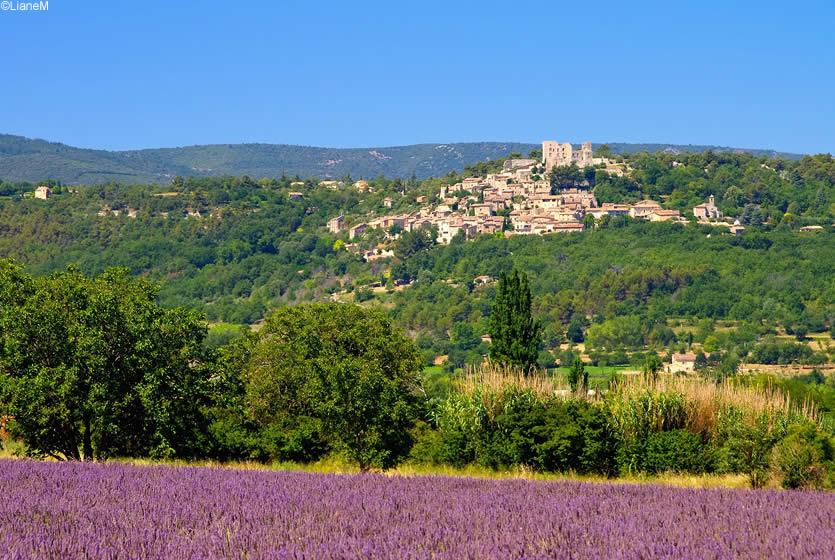
The hilltop village of Lacoste in the Luberon
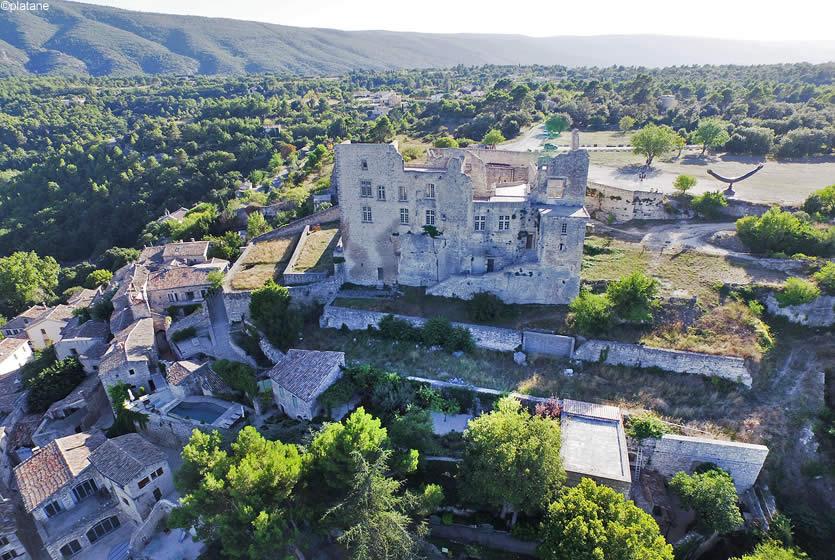
Aerial view of the château of Lacoste in the Vaucluse
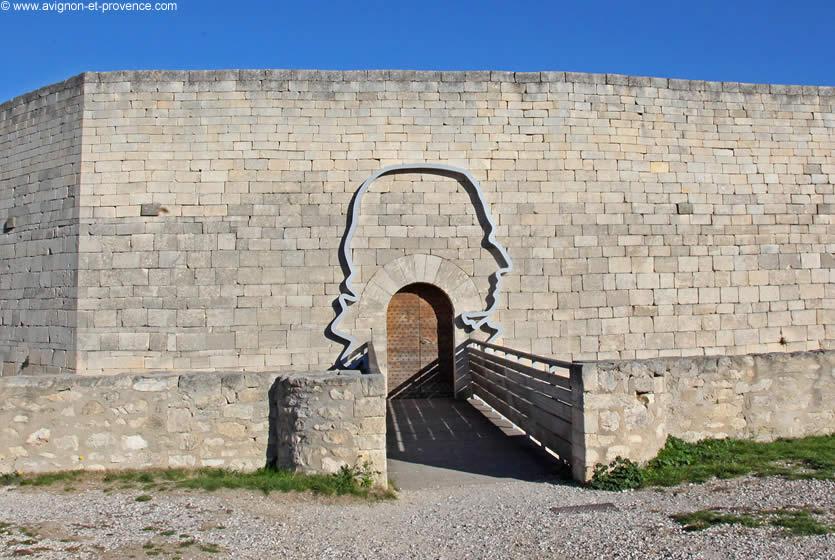
Entrance to the opera festival at the château of Lacoste
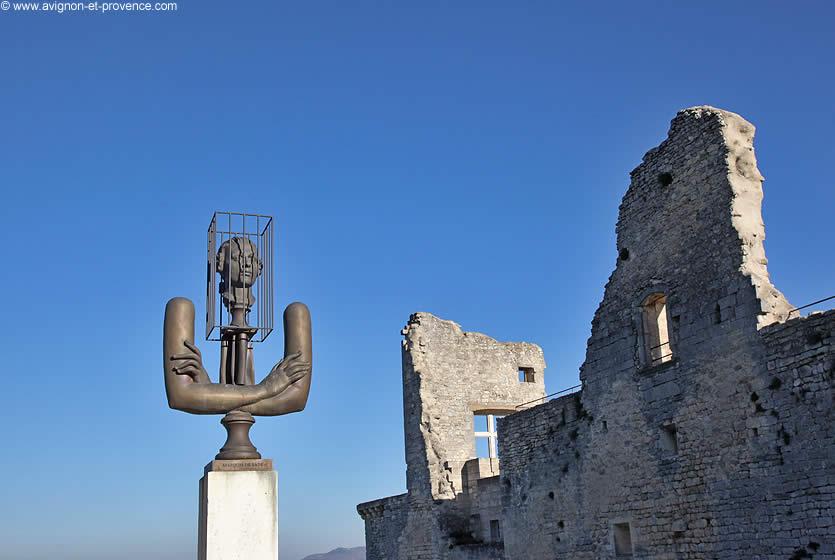
Contemporary statue of the Marquis de Sade, château of Lacoste
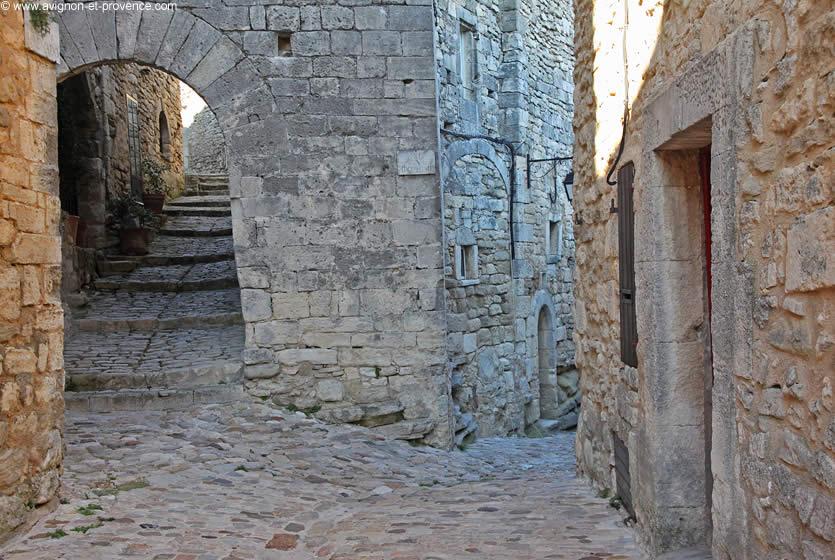
Cobblestone lanes in the medieval village of Lacoste
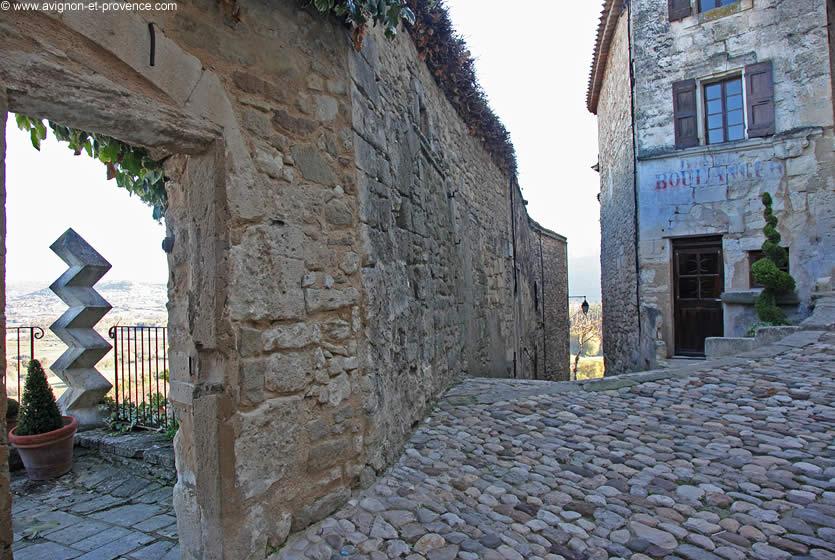
Works of contemporary art in the village streets
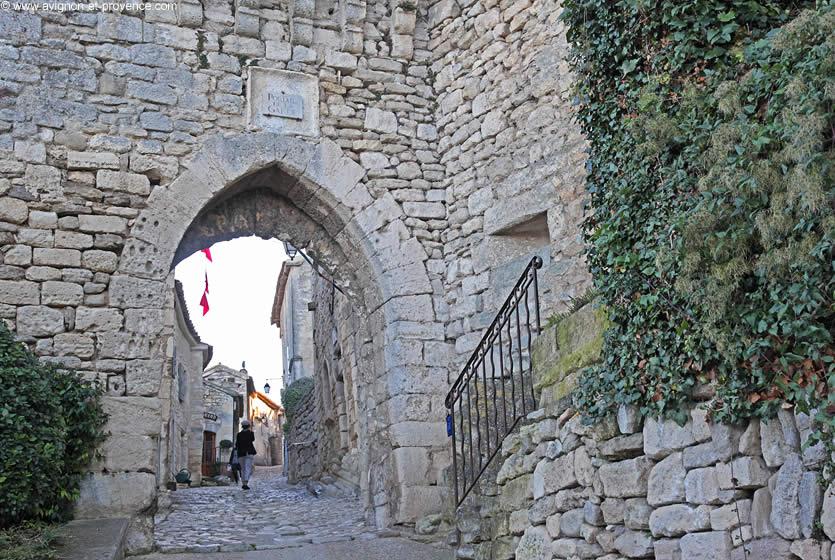
The Portail de la Garde Gate in Lacoste
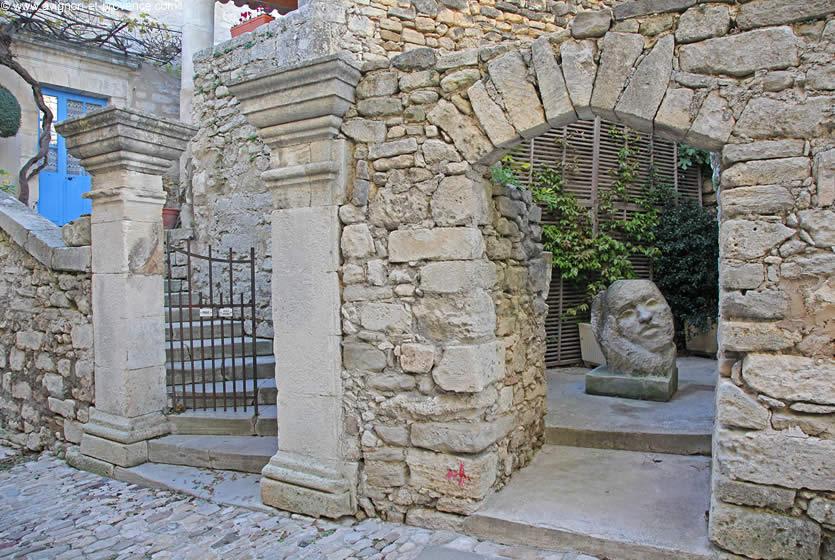
Village houses and statue in a patio
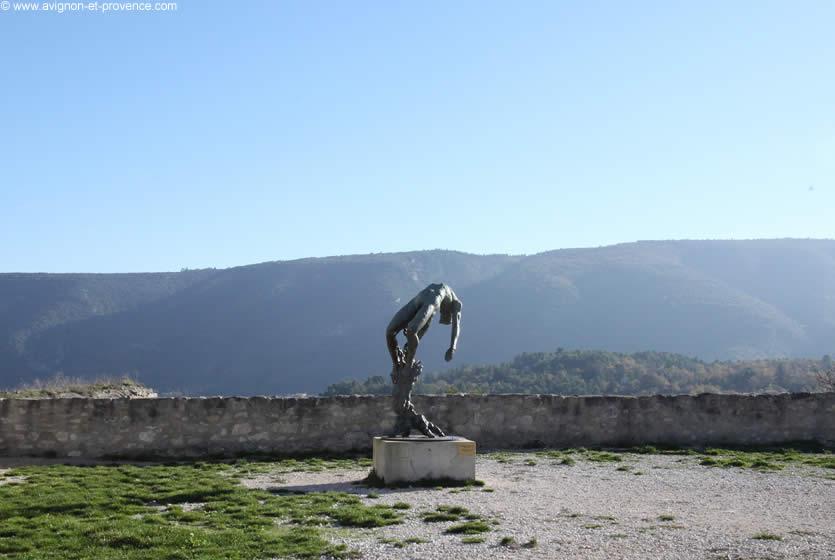
Tree of Life by Ettore Greco on the esplanade of the château de Lacoste
Art of living
Gastronomy, markets of Provence, regional products, Christmas traditions, celebrities of Provence....